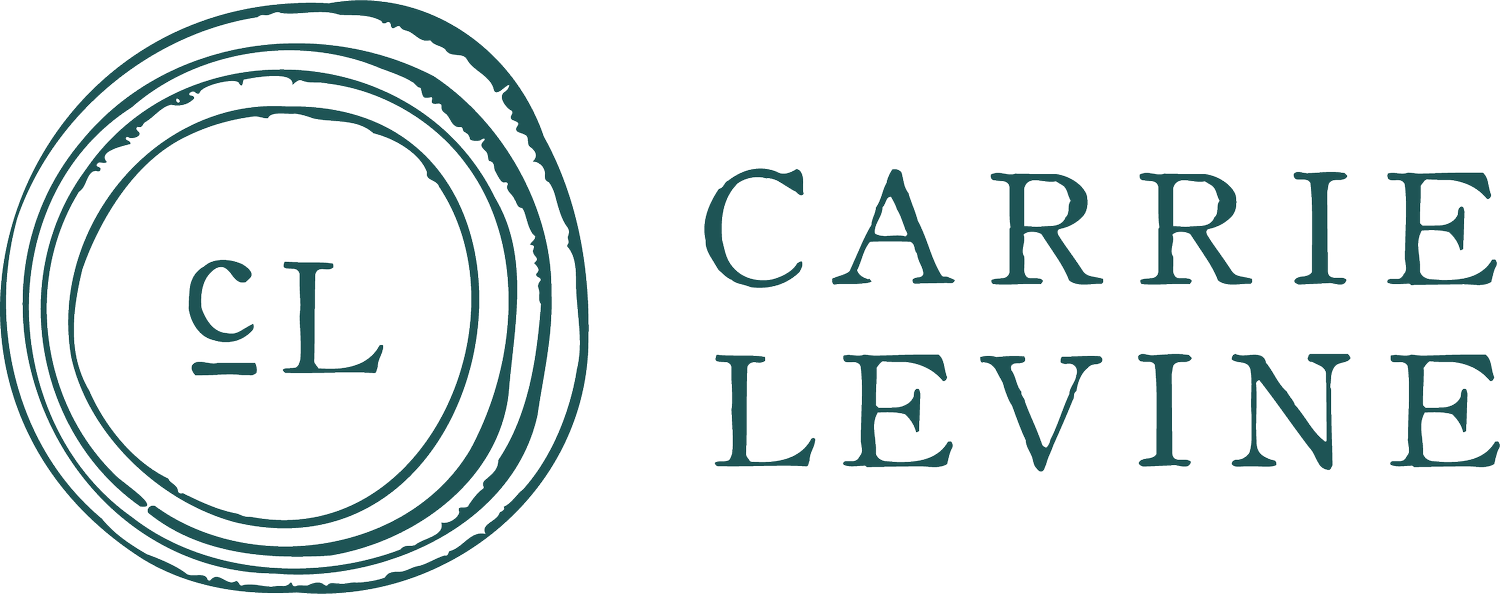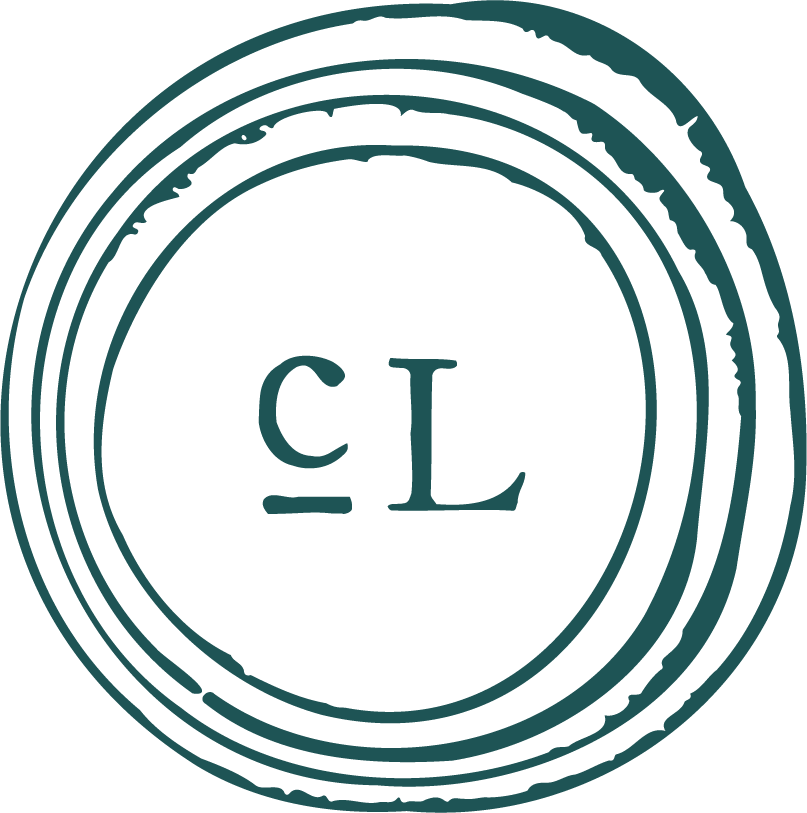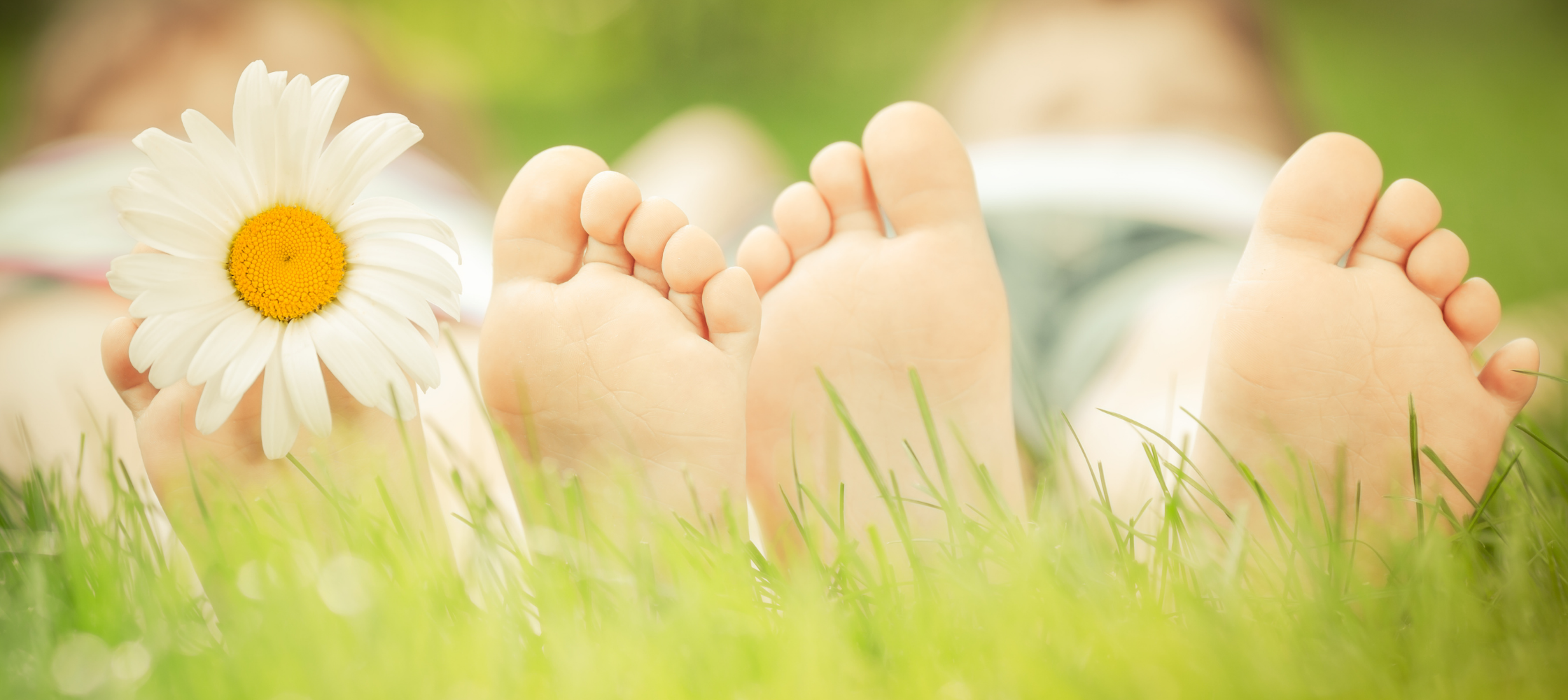Foundations of Wholeness: For Midlife Women
For those of us who feel like we’ve been transitioning for decades, when is ‘midlife’ anyway? And what happens when we get there? Or here, as the case may be for me! ‘Midlife’ includes perimenopausal and menopausal women. This can start as early as age 35 and goes on - forever?!?! Many a 70-year-old woman comes to the clinic, wafting the top of her blouse in an attempt to cool off during a hot flash, asking, “I haven’t had a period in 20 years. What the heck is this?”
Shifting hormones underwrite the bulk of our physical and emotional experience during midlife, for many of us creating quite a bit of turbulence. Our hormones have no off switch. Menopause is not a one-way-train we get to get off of. Even a woman who has no ovaries still gets some hormones from her adrenals. Shoring up our foundations helps keep the turbulence to a minimum.
Perimenopause is the phase of midlife that leads to menopause. During perimenopause, estrogen levels tend to be elevated. Perimenopause is often accompanied by high-estrogen symptoms including bloating, breast tenderness, low sex drive, irregular periods, increased PMS, mood swings, and headaches.
Menopause is the phase of life when we no longer menstruate and is defined as a year without a period. Menopause can only be identified retrospectively. Spotting counts. If there is spotting, the clock restarts. Menopause is characterized by low levels of estrogen. Symptoms associated with low levels of estrogen include absence periods, hot flashes, night sweats, painful sex, increased urinary tract infections, depression, and headaches.
No other time of life calls us to take better care of ourselves than midlife. We can no longer eat pints of ice cream like we did when we were younger, skimp on sleep like we did when we were younger, drink like we did when we were younger, or handle high levels of stress like we did when we were younger. We simply struggle to function if we are not taking care of ourselves and sometimes even if we are. Midlife calls us to mop up years of self-neglect and give ourselves a seat at the time-money-energy table, thereby ensuring as healthy an aging process as possible.
Food
The carbohydrate consumption of our younger years is no longer needed nor tolerated. Midsection weight gain is a common concern among midlife women and is often the result of stress and/or consuming too many carbohydrates. Stress and the subsequent high levels of stress hormones (cortisol), as well as lots of carbohydrates, contribute to insulin resistance. Insulin resistance occurs when excess sugar (glucose) in the blood reduces the cells’ ability to use the sugar for energy.
Focus on eating mostly protein and vegetables. Eat bagels, muffins, pints of Ben and Jerry’s and drink large volumes of alcohol occasionally, if at all.
Ideally, half the plate is filled with vegetables, one-quarter of the plate is filled with protein from any source, and one-quarter of the plate is filled with a complex carbohydrate like sweet potato, quinoa, brown rice, or winter squash.
It is common for midlife to report that they can no longer tolerate even a single glass of wine without getting a headache or feeling terrible. The liver is so busy managing the fluctuating levels of hormones that adding alcohol into the mix is just too much for it to handle, thus the resulting headache or hangover.
Movement
I laugh as I remember a leading women’s health professional saying, “I don’t know why it is that women think midlife is a good time to run a marathon. It is the WORST possible time in a woman’s life to run a marathon.” Running a marathon during this phase of life may not be ideal because the hormone loop that ties our adrenals, ovaries, and thyroid together is already stressed adapting to the completely normal, declining levels of ovarian hormone production. The physiologic demands of an intense athletic event may burden the loop even further, exacerbating hormone imbalance.
As our ovarian hormone production begins to slow down - the natural order of things - there is an increased burden on the thyroid and adrenals to maintain homeostasis, or balance. The adrenals’ primary job is to make stress hormones (cortisol, epinephrine, and norepinephrine). By midlife, many women’s adrenals have been over-taxed from decades of career-building, child-rearing, and/or caretaking. The adrenals secondary job is to make some sex hormones which is harder for them to do when they are having to make huge amounts of stress hormones. More stress (real or perceived, or physiology) equals more hormone imbalance.
During midlife, there is a fine line between exercise-is-good-for-me-and-will-give-me-energy and exercise-leaves-me-feeling-wasted. What’s most important is to pay attention to how you feel during and after exercise - if you feel invigorated, right on. If you feel depleted, it was too much.
Not sure how to start?
The New York Times recently published an article about high-intensity interval training (HIIT) training as being “the best workout for mid-aged bodies”. You can read that here. HIIT workouts alternate bursts of intense exercise with lower-intensity exercise. Strength training and stretching are also crucial for midlife women. I’m just beginning to learn more about this myself. I’m following @drstacysims to learn more.
If working out leaves you feeling exhausted, it could be simply that it’s been a while since you asked your body to move, or it could be your adrenal reserve is wiped out and you don’t physiologically have what it takes to recover. If this is you, I recommend restorative movement like walking in the woods or gentle yoga.
Rest
Rest cannot be encapsulated. It can’t be put in a pill. Rest is often the single most therapeutically beneficial intervention for a midlife woman who is not feeling well. Sometimes I write ‘rest’ on a prescription pad. Seriously. The number of women who have a difficult time putting it down is PROFOUND. The net result of our over-achieving culture, our propensity for perfection, and our suffering egos leave us feeling like we can never do enough.
For the woman who can’t cut herself a break, I find the strategy of asking her how she would advise a child - her child or another’s - who talked about being exhausted. Then I encourage her to apply that counsel to herself. Women typically know how to take care of someone else - we just often forget to do it for ourselves.
Nature
Midlife women feel the crunch of competing demands - children, aging parents, careers, and the need for self-care (I am not a fan of this term, but people know what I mean when I use it). Nature offers the most readily available salve for all that ails us. When it all feels like too much, when I feel like I can’t carry one more thing, I find it helpful to lay myself down on the earth - yes, directly on it – in the sand, on a rock, even on the patio bricks – and ask her to absorb some of the load. When grief overtakes me and friends, family, tears, tea, and all my other coping strategies fail me, I turn to the earth. The magnitude of nature also offers perspective: Nothing like sailing through a gale to appreciate home or hiking through a downpour to appreciate dry socks.
My gym of choice and the choice of many of my patients is the outdoors. Being outside affords a myriad of benefits you don’t get at the gym. To name just a few, there is fresh air free of viruses (who doesn’t want that these days?), exposure to sunlight for vitamin D absorption, changing weather and terrain that help build resilience, and quiet. Volumes alone have been written about the health benefits of quiet.
Acceptance
Aging is difficult for many women to accept. Our breasts sag, our eyes wrinkle, our hair grays. We can’t do - or remember - what we used to. Some women are completely relieved to no longer have a period and some women experience it as a tremendous source of grief. Some women lose physical ability and others gain strength for the first time in their lives. How do we accept the inevitable losses and gains of aging?
I find it helpful to be reminded - and to remind others - of the inevitability of it all. No amount of working out or hormone therapy has yet to reverse the process. Gravity will rule the direction of our upper arms and all our other body parts, too. Surrounding myself with inspiring women older than me reminds me each age has its advantages. Staying focused on that which I am grateful for - the time and freedom of no longer having children at home, a body that still continues to carry me up mountains and down ski slopes, a mind that lets me learn and do this work, and the people - old and new - who I love and who love me - helps me accept my own aging..
We can’t go backward, but we can move forward with grace which includes good health and solid foundations.







